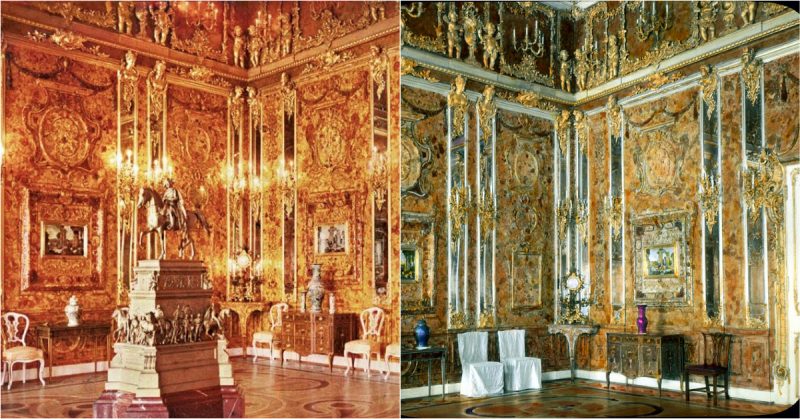Formed from several panels of the brilliantly translucent amber and its splendor amplified by gold leaf, mirrors, gemstones, and candlelight, the Amber Room was an “Eighth Wonder of the World.”
The Amber Room journeyed through centuries, from its makers at Prussia to its final home in Russia. It found its purpose as a symbol of peace, forging an alliance between those two countries.
However, as the Second World War began, it met a tragic fate.
A reconstruction of the Amber Room can now be found in the Catherine Palace, Pushkin, nearly 20 miles from St. Petersburg, Russia.
This reconstructed Amber Room is a result of a colossal effort to restore the glorious masterpiece that once held center stage in Russian history. But even this, with all its radiance, is only a shadow of what it used to be.
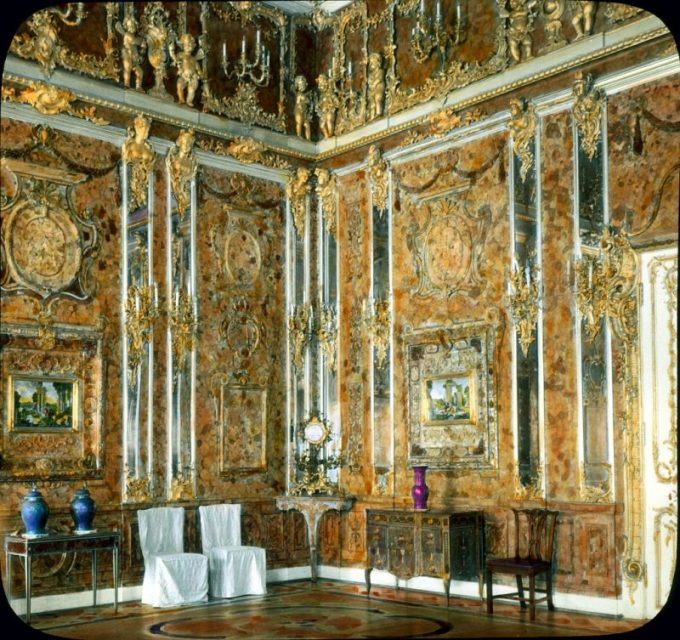
The birth of the Amber Room dates back to the 1700s. This period in history witnessed the rise of amber art across Europe.
East Prussia was particularly endowed with vast reserves of raw amber, and the craftsmen of this region explored all creative angles, making admirable pieces of art with the colorful fossilized tree resin.
In 1701, honoring his wife’s request, Frederick I, the first king of Prussia, ordered the construction and installation of the Amber Room at the Lietzenburg, a summer palace for Queen Sophie Charlotte. After her death in 1705, Federick I renamed it the Charlottenburg Palace in her honor.
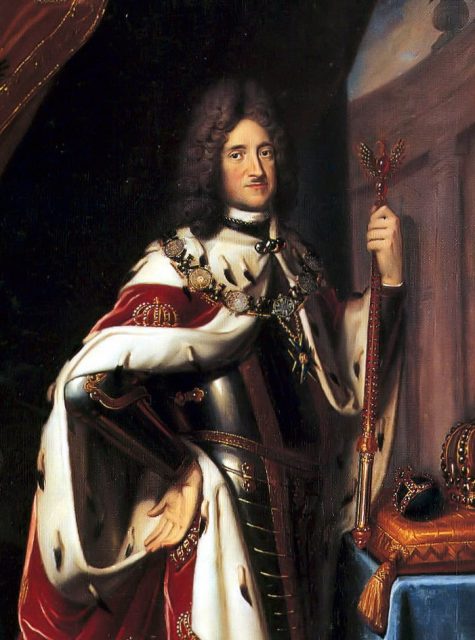
The construction of the Amber Room began in 1701, promptly after Charlotte’s request. However, the queen did not live to see the decades-long perfection of her ideal room.
Creating the Amber Room required a collaboration of craftsmen from across various countries with a German architect, Andreas Schlüter, responsible for its design and a Danish craftsman, Gottfried Wolfram, responsible for its fabrication.
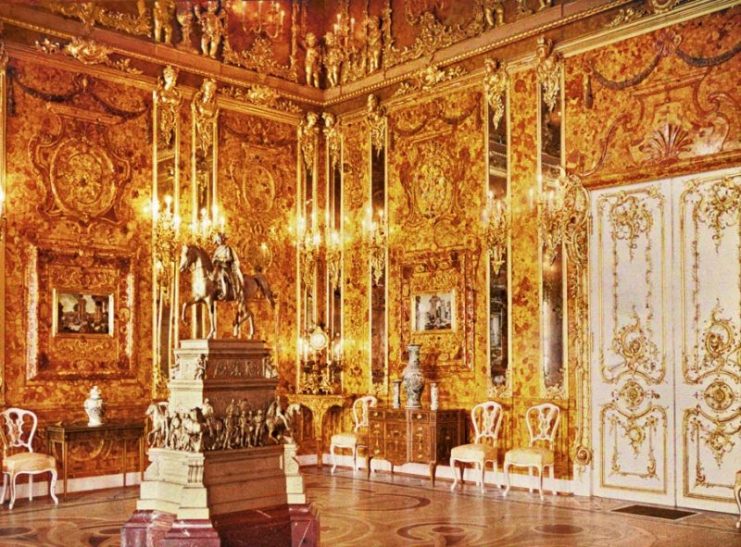
Although the Amber Room was intended for Charlottenburg Palace, it was eventually set in Berlin. However, Berlin did not contain the Amber Room for long.
Following the death of Frederick I in February 1713, his son Frederick William I assumed the throne of Prussia.
The new king didn’t have such a love for treasures, horses, and furniture as his father had. In his austere simplicity, Frederick William would get rid of several things which he considered expensive embellishments—including the Amber Room.

During a visit by Peter the Great of Russia in 1713, the sight of the Amber Room was too enthralling to ignore. In 1716, in an act that forged a strong alliance between Prussia and Russia, the Amber Room was dismantled and shipped in about 18 large boxes to Russia.
The Amber Room was the most grandiose piece of amber art in history. Yet Fredrick had no second thoughts about gifting such legacy to Tsar Peter the Great.

Despite his admiration of the grand present, the Amber Room was never installed in Peter’s lifetime. His daughter Tzarina Elizabeth, in 1755, ordered its installation at the Catherine Palace, Pushkin, promptly after she assumed the throne.
The assembly was handled by Italian architect Francesco Bartolomeo Rastrelli who was among the best in Russia. The difficult task of fitting the amber décor into its new location was well handled through Rastrelli’s genius. And by adding extra pieces of amber shipped from Prussia, the Amber Room was fitted into its new larger space.
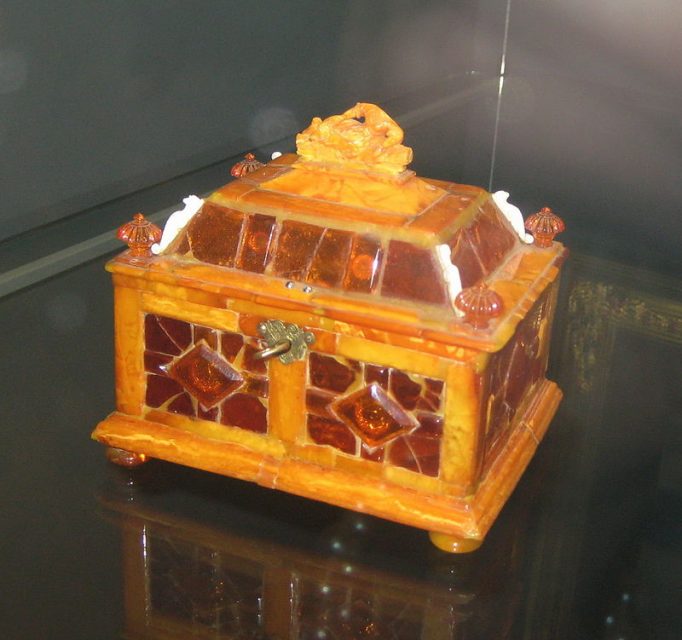
The Amber Room survived in Pushkin for over a century. Following numerous 18th-century adjustments, the room glowed with over 6 tons of amber and other gemstones, covering an area of about 18 square feet.
According to historians, the Amber Room would be worth around 142 million in today’s U.S. dollars.
The Amber Room in Pushkin was never really open to the public. It served as a place of meditation for Tsarina Elizabeth, and during the reign of Catherine the Great, it was her gathering room.
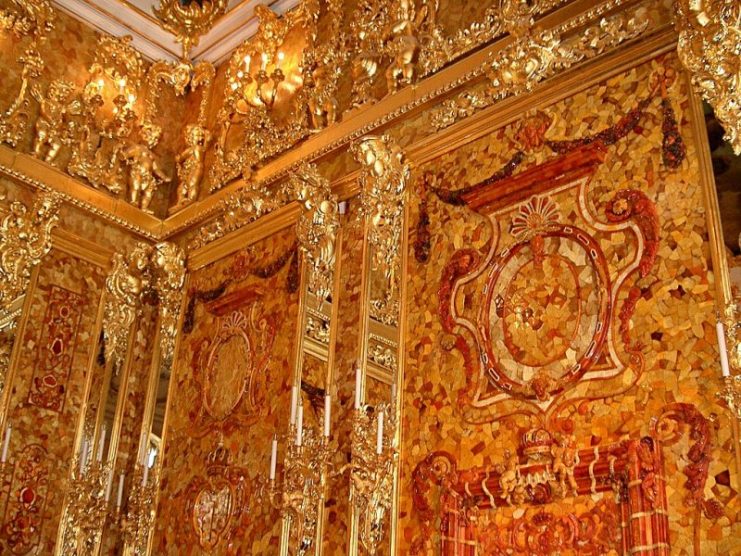
It was also a trophy room for Alexander II during his reign.
However, the Amber Room saw the beginning of the end of its glory days when the Germans invaded.
The outbreak of World War II had the Nazis on a rampage. With the invasion of the Soviet Union looming, the Amber Room came under the spotlight.

Note that by the time of WWII, Russia had long been a part of the Soviet Union, alongside Ukraine and several other countries.
On the 22nd of June 1941, Adolf Hitler launched Operation Barbarossa—the invasion of the Soviet Union. In this event, over 3 million Nazi soldiers were marched into the Soviet Union.
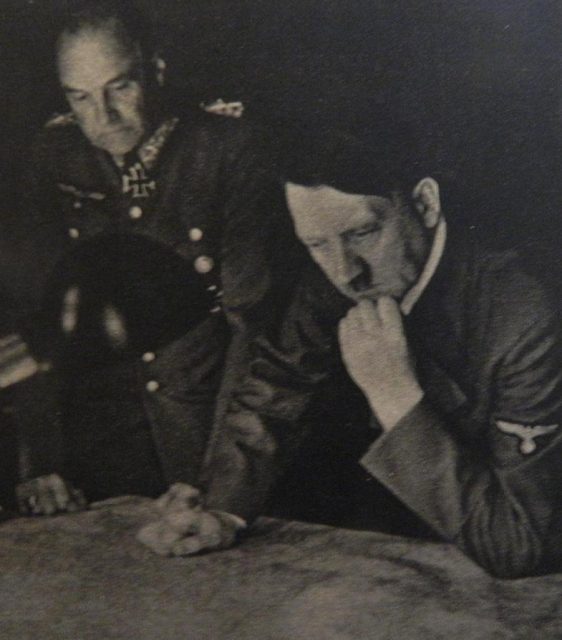
This event brought about the plundering of several treasures, including the Amber Room.
As the Nazis broke through the Soviet boundaries, advancing towards Pushkin, frenzied efforts to move the Amber Room began. However, the room had suffered over the years and the wood had become brittle. As a result, it was impossible to dismantle the room without damaging the amber.

The curators and officials at the Catherine Palace tried concealing the room with wallpaper, but the Nazis swiftly saw through such a trick.
The Nazis began a 36-hour long dismantling process. The components were packed in about 27 crates and moved to Konigsberg where the room was reassembled and displayed in the Konigsberg Castle.
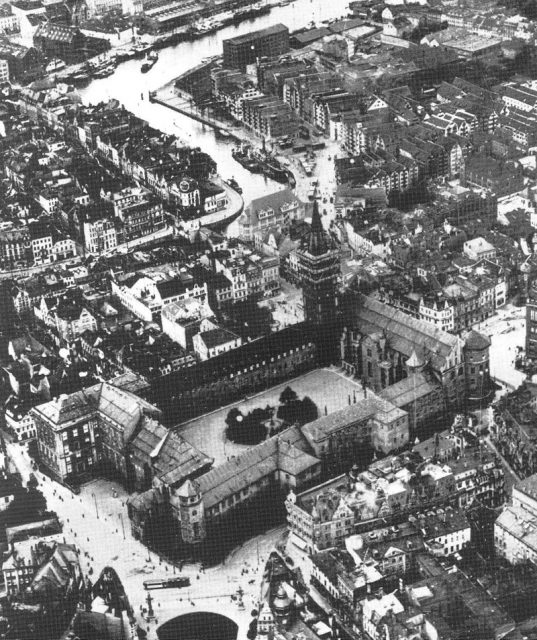
However, in August 1944, after a bombing operation by the British Royal Air Force, Konigsberg fell into ruins. More destruction came upon the city as the Soviet’s Red Army invaded with devastating artillery.
After the fall of Konigsberg, search for the Amber Room promptly began, but it was never found.
Many damaged decoration elements which belonged to the Catherine Palace were found in Konigsberg Castle alongside a note instructing Reichminister of Armaments, Albert Speer, to move all looted possessions including the Amber Room away from Konigsberg.
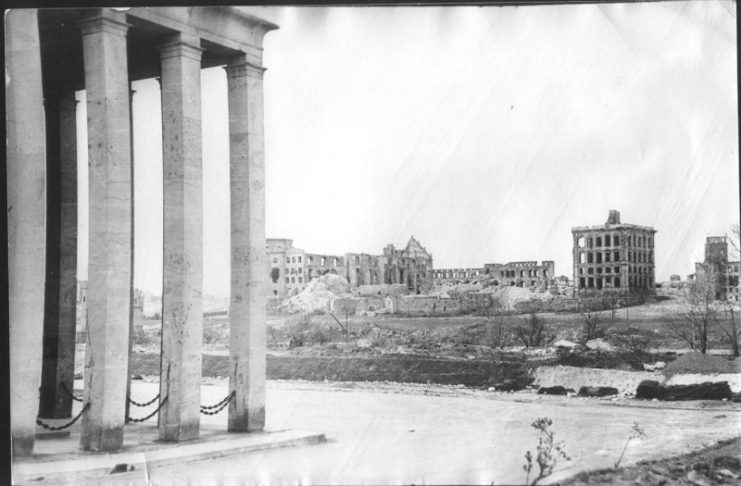
This has sparked debate: some think that the Amber Room was actually moved to an unknown location, while others believe that it was indeed destroyed in the bombings.
However, some people think that the Amber Room was aboard the Wilhelm Gustloff ship which was sunk in the Baltic Sea by a Soviet submarine. Some theorists even believe that the Amber Room remained with the Soviets who hid it and put a fake one on display for the Nazis to cart away.
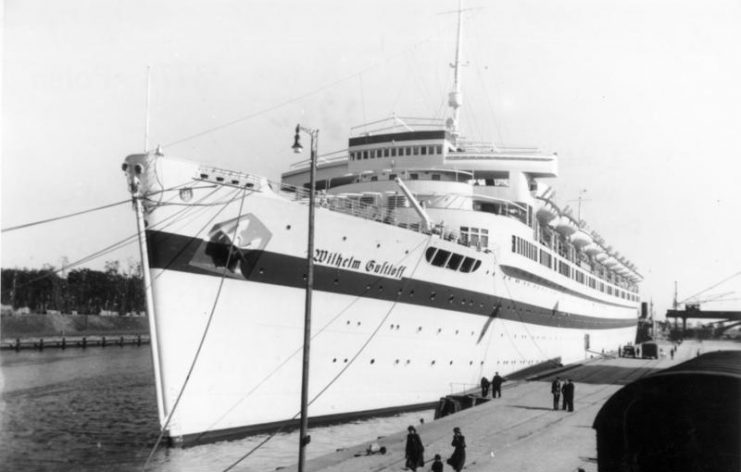
Whatever happened, there was never any tangible news about the Amber Room’s location.
Following the loss of this amazing work of art, the Soviet administration, in 1979, decided to make a replica. Thus began the remaking of the Amber Room, a project that took 29 years of fastidious effort.
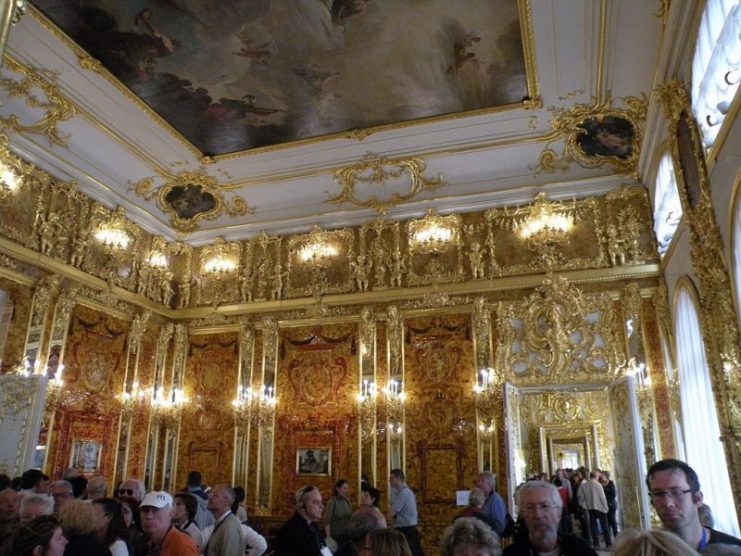
The expertise of Russian and German amber craftsmen was employed, using old drawings and black-and-white images. By 2003, the replica had been completed.
It was dedicated in Pushkin by the Russian president Vladimir Putin alongside German Chancellor Gerhard Schroder during the 300th anniversary of St. Petersburg.
